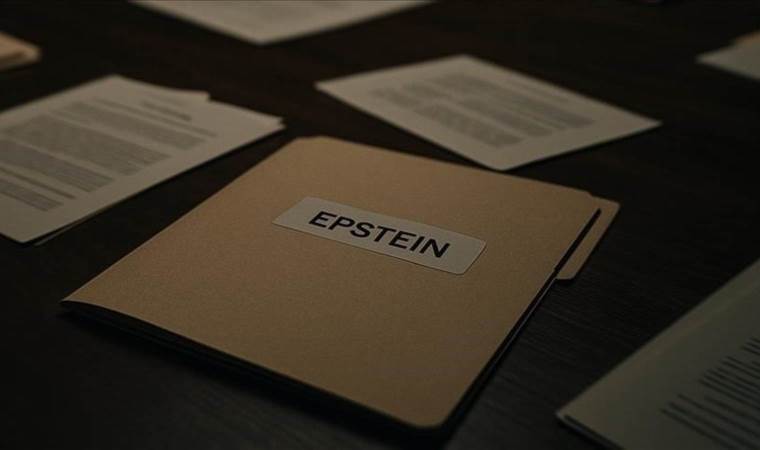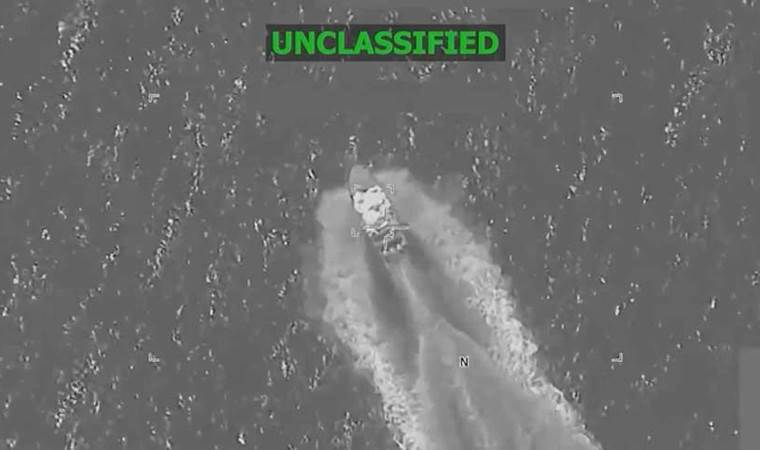Authors Columns of the Day Sport Guest Life All Authors
U.S. Black Sea-Caucasus plan
Indeed, there was such a reference, but with a striking detail...
While mentioning "the security, safety, and stability of the Black Sea," the concept of "freedom of navigation" was also included.
U.S. 'Freedom of Navigation' Cunning
However, the Montreux Convention is precisely the agreement that limits "freedom of navigation" for warships in the Black Sea for the sake of its security. There is no "freedom of navigation" for warships in the Black Sea; there is "restricted navigation."
The U.S., which advocates for an "open/free Black Sea," is well aware of this. For 75 years, the U.S. has been seeking "open doors" to enter the Black Sea "without limits."
Moreover, the Black Sea is a strategic target for the U.S.; it is critically important in the "new iron curtain" it has established from the Arctic Ocean to the Eastern Mediterranean.
For this reason, the U.S. subtly indicated this goal in the NATO communiqué long before the Ukraine war.
NATO's Black Sea Objectives
One of the important guiding documents to understand today is the NATO communiqué dated June 14, 2021.
The U.S. included two critical items in the NATO communiqué:
- NATO members should develop bilateral relations, especially military relations, with Ukraine and Georgia until their memberships are realized.
- NATO should increase its presence on land, sea, and air in the Black Sea region as a whole.
Pentagon Representative in Armenia
In addition to opening a Western front against Russia through Ukraine, the U.S. is also trying to open a Southern front in the Caucasus but has not been successful. Saakashvili's attempt to return from Ukraine and start an uprising was thwarted by Tbilisi's determined stance. The Georgian government passed the "Foreign Agent Law" to prevent further attempts.
The U.S. is now trying to play the Armenia card. Armenian Foreign Minister Ararat Mirzoyan was invited to the events of the NATO Summit in Washington. Subsequently, it was announced that the U.S. military would have a representative at the Armenian Ministry of Defense. U.S. Under Secretary of State Uzra Zeya confirmed the news, stating that "a new strategic phase" had begun between the U.S. and Armenia.
Need for Two Regional Steps
With this move, the U.S. aims to achieve two objectives:
- It is trying to open a Southern front against Russia.
- It is attempting to wedge itself between the Astana triangle (Turkey-Russia-Iran).
At this exact time, the U.S.'s statement regarding the normalization of Ankara-Damascus relations, which is the most important agenda of the Astana triangle, is also significant. The U.S. State Department explicitly declared that it does not support the normalization efforts between Turkey and Syria.
In this situation, the actions to be taken are clear and straightforward:
- Initiate and accelerate the normalization between Ankara and Damascus.
- Implement the 3+3 platform (Turkey-Russia-Iran) + (Azerbaijan-Georgia-Armenia).
As seen, Turkey's NATO membership does not prevent NATO from targeting Turkey! The solution lies not within NATO, but outside it...
Yazarın Son Yazıları All Columns
Günün Köşe Yazıları
Most Read News
-
 Lithuania to expand military training sites near key NAT
Lithuania to expand military training sites near key NAT
-
 Nearly 90 Epstein-linked flights used UK airports: BBC
Nearly 90 Epstein-linked flights used UK airports: BBC
-
 Qatar, UAE condemn Israel’s approval of 19 illegal settl
Qatar, UAE condemn Israel’s approval of 19 illegal settl
-
 Hollywood filmmaker Rob Reiner's son taken into custody,
Hollywood filmmaker Rob Reiner's son taken into custody,
-
 US arrests 4 over alleged California terror plot
US arrests 4 over alleged California terror plot
-
 Moscow condemns 'barbaric' beach shooting in Australia
Moscow condemns 'barbaric' beach shooting in Australia
-
 European leaders welcome progress in Trump-led Ukraine p
European leaders welcome progress in Trump-led Ukraine p
-
 US carries out strikes on 3 vessels in eastern Pacific
US carries out strikes on 3 vessels in eastern Pacific









